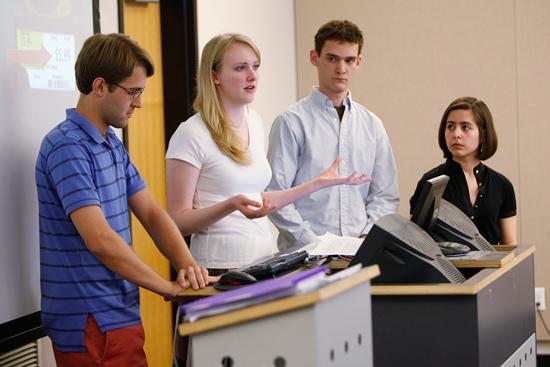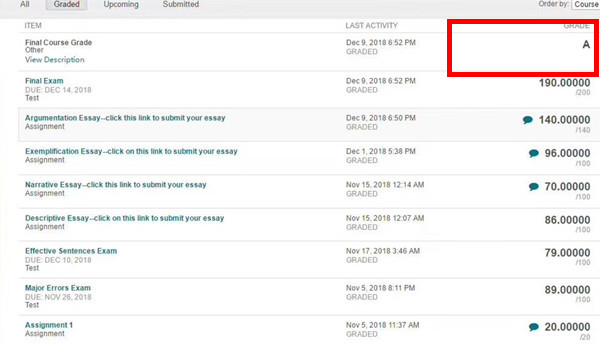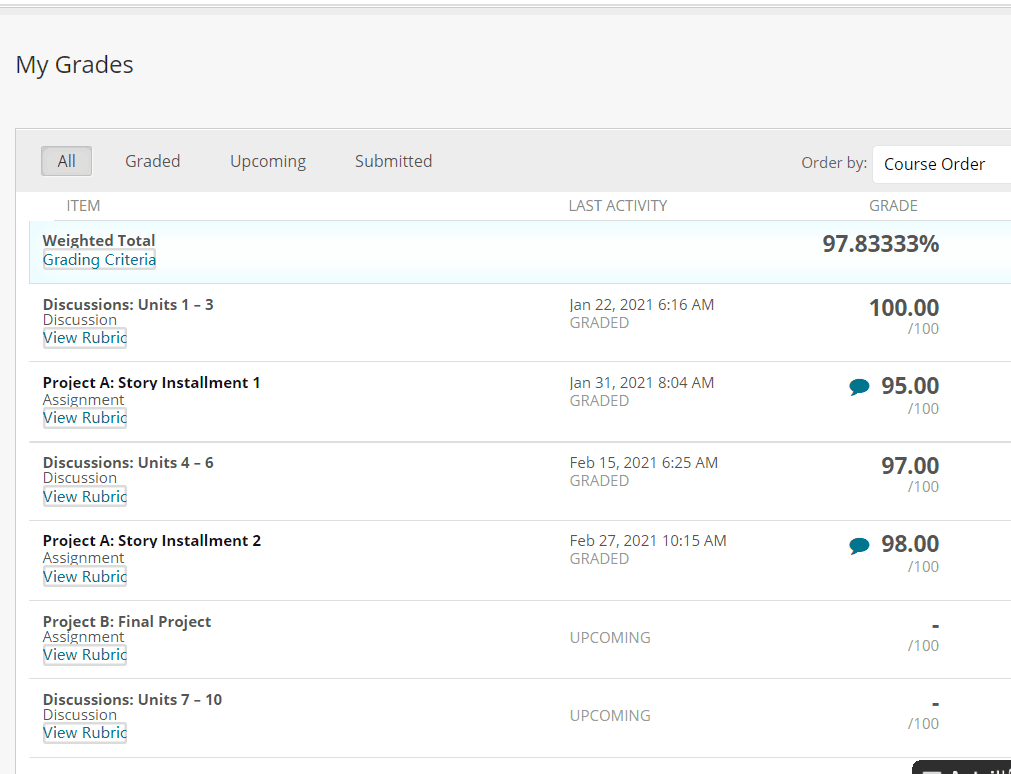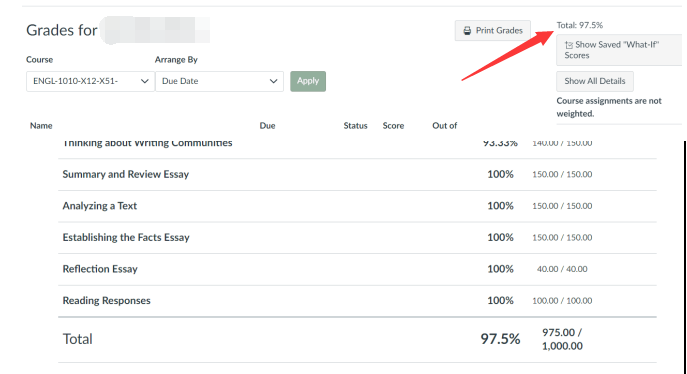本文是一篇Politics Essay代写范文,题目为Based on Canadian Experience, Are Affirmative Action Programs Useful in Addressing Problems of Gender Inequality?主要讨论了基于加拿大的经验,平权行动方案是否有助于解决两性不平等问题?范文内容和格式仅供留学生参考,不得抄袭。

The feminist movement, which aims to realize the goal of gender equality, had reshaped the modern world deeply. Canada, which witnessed the great progress of the movement and has a tolerance of variety of races, has put lots of efforts to make sure that both the male and female share the same human rights. This paper is to have an in-depth analysis of the Canadian experience on gender equality actions by having a critical discussion of affirmative action programs in dealing with the problems related to gender inequality. This paper can be divided into five parts. The first part is to have a brief introduction of gender equality. The second part is to illustrate the background of the feminist movement in Canada. The third part is to analyze the influential actions taken by Canada in fighting against gender inequality and values that can be gained from Canadian experience. The fourth part is to point out the disadvantageous aspects that should be considered during the process of the feminist movement. And finally, the fifth part is to have a conclusion and put forward the recommendations for the gender inequality movement in the future.
以实现两性平等为目标的女权运动深刻地改造了现代世界。加拿大见证了这场运动的巨大进步,对各种种族都有宽容,为确保男女享有同样的人权作出了许多努力。本文将深入分析加拿大在两性平等行动方面的经验,对解决两性不平等问题的平权行动方案进行批判性讨论。本文可分为五个部分。第一部分是对两性平等的简要介绍。第二部分阐述加拿大女权运动的背景。第三部分是分析加拿大在反对性别不平等方面所采取的有影响的行动以及加拿大的经验所能带来的价值观。第四部分指出女权运动过程中应考虑的不利方面。最后,第五部分是结论,并对今后的性别不平等运动提出建议。
Since the early 1960s, the Canada government has paid more and more attention to the problems related to gender equality, which is penetrated into lots of public policies (Villota, 2013). Fighting against gender inequality has also been regarded as a national strategy to realize a sustainable development. It is generally accepted that nowadays, to protect the gender equality has been a main responsibility for government organizations. The action programs of gender inequality movement not only help liberate the female and make the Canada society becomes a democratic and cultural country, but also attract lots of immigrants worldwide owing to its respect to the equal rights of female. What’s more, it should be agreed that Canada’s practices in fighting for gender equality can offer some valuable advices for other countries which are aimed to achieve gender equality.
自20世纪60年代初以来,加拿大政府越来越重视与性别平等有关的问题,并将其渗透到许多公共政策中(Villota,2013)。打击两性不平等也被视为实现可持续发展的国家战略。人们普遍认为,保护两性平等已成为政府组织的主要责任。性别不平等运动的行动纲领不仅有助于解放女性,使加拿大社会成为一个民主文化的国家,而且由于其对女性平等权利的尊重,吸引了世界范围内的大量移民。此外,加拿大在争取两性平等方面的做法也可以为其他国家实现两性平等提供一些有价值的建议。
With regard to the feminist movement of Canada, it should be noted that there are several actions which have showed vital significance in the history of Canada’s fighting for gender equality. Firstly, it should be aware that revising the Constitution to make gender equality a constitutional principle is one of the most influential actions taken by Canada (Yuling, 2010). Actually, there is a closed connection between the gender equality and the feminist movement. In the 1960s, with the influence of women organizations as well as their increasingly influential roles in environment public administering, the feminist movement expands to all the public policy-making. As a result, in 1982, the gender equality was enacted into the Canadian Charter of Rights and Freedoms by Canada Parliament, which was the first time to admit the importance of gender equality and put it into a historically highest position (Andrijasevic, 2010). According to the 15th article of the Canadian Charter of Rights and Freedoms, female have equal rights and are protected by Constitution. The rule of gender equality provides an important basis for the promotion and protection of female rights, on which a free and democracy society can be built. With this article, it is easier to carry out public policies and actions related to gender issues (Fraser, 2013). In addition to the affirmative action programs in domestic, the Canada Government promised to provide support for the movements related to gender equality worldwide, claiming that females’ rights is a part of all human rights and fundamental freedom is inalienable and indivisible.
Secondly, Canada government successfully established Canadian Institute for the Advancement of Women. In order to carry out the rules of the Canadian Charter of Rights and Freedoms to realize the gender equality, all the government departments in Canada should push to make it happen in all fields (Morrow, 2010). Therefore, the Canadian Institute for the Advancement of Women was created by the government to offer professional advice on the action programs of gender equality. The main responsibilities of the Canadian Institute for the Advancement of Women include the coordination of policies and analysis on action programs and so on. Also, this special institute offers a bridge for the government and the public, which can show the openness and responsibility of government.
Third, Canada also has established effective monitoring and evaluation mechanism for gender equality. Gender equality is not only concerned with feminist (Clarke & Clarke, 2005). As an indivisible part of the society, gender equality emphasizes the relationships between female and male, clarifies the gender roles and focuses the obstacles to realize the gender equality (Roald, 2009). The attention and focus related to gender equality should be applied and carried out in the process of policy-making, project-managing and planning of the Canada government. However, to evaluate and monitor whether the government has fulfilled its responsibilities and obligations should be also taken into consideration of the gender inequality actions.
Indeed, the program actions actually do fill the gap of differences and discriminations of male and female in lots of ways. After these movements, Canada has undergone a better process to enter into the more modern society (Leung et al, 2004). However, every coin has two sides. There are some points that the Canada government cannot cover in the struggling and development of gender equality (Burke, 2010). Along with how these program actions work out, there are some aspects that the Canadian government didn’t pay sufficient attention to.
In order to have a critical discussion of Canada’s performance in fighting against gender inequality, it is of great importance to have a look at the gender gap ranking of Canada based on the Global Gender Gap Report, which was issued by the World Economic Forum. This paper collected the data ranging from 2006-2014 to analyze Canada’s improvements in closing gender gap by carrying out gender inequality movement in Canada. From the data showed in table 1, it seems that the gender inequality action programs carried out Canada did not received satisfactory results. Actually, the best gender equality experience in the world should be in North Europe such as Iceland and Sweden (Harell & Panagos, 2013).
Table 1: the Gender Gap Ranking of Canada
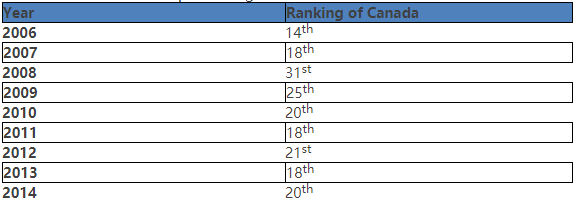
Firstly, it should be noted that Canada still needs to make more efforts in closing the gap of salary between female and male. In Canada, the salary difference between male and female is so big that it still exists even after lots of program actions. Based on the report Equality in Employment-A Royal Commission Report by Rosalie Abella, this gap lasts for a long time.
Table 2: the occupation distribution of Canadian female in labor market

From the above table, the occupations of women are mainly related to sales, servicing and other similar types of jobs. The second common occupations for women include teachers, nurses and doctors and so on. It appears that some women had the chance to be positioned in the managerial level, but still this percentage was a little lower. Thankfully, there is a trend that some women cross the traditional limitations to enter into the occupation fields which are regarded as the man-dominated types. However, under this circumstance, most of these occupations are just supportive ones such as writing or filing. Affected by this occupation structure, the average salary of female is lower than that of male (Baker & Fortin, 1999).
Secondly, Canada should pay attention to enhance female’s role in political field, allowing more and more female to participate in political issues. Due to the historical male advantages in the political field, the influence of female in the Canada politics is of little significance even after the feminist movement. Nowadays, in the Canadian government levels, approximately 22% members of Parliament are female, while this percentage of minister level is 30%. With this structure, there is no doubt that the public policies making of Canada is male dominated and oriented (Godwin, 2010).
Thirdly, even though Canada had made significant efforts to achieve gender equality, female still are unable to enjoy all the human rights. In the feminist movement of Canada, the induced abortion issue of women was raising the most debates. In this movement, those feminists gave pressure to the government to legalize the induced abortion in 1988. After the fierce and constant struggling, the government of Canada that time finally compromised to admit the legalization of abortion (Oreffice, 2007). However, this right for women could not be experienced until some special conditions were satisfied, which equaled to impose restrictions on the realization of this right. For example, a woman who wanted to exercise the power of abortion should go to the appointed hospitals and should be approved by the Medical Committee. And if the excuses of abortion were related to the wish of not wanting babies or concerning about the abnormal growth of babies, this exercise of abortion right was prohibited by law. Another point that the government of Canada couldn’t deal with well is the problem with family violence (Masterson, Shrichand & Maniate, 2014). In the recent twenty years, there are two major differences compared to the past years, which are the decrease of birth rate and thus the rapid increase of divorcement rate. According to a survey, with the decreasing interest in marriage, there are less than 650 women getting married among 1000 women (Darroch, 1999). As a result, the families in Canada are undergoing the crisis of divorcement and violence, which makes the harm to women as a universal issue in Canada. Moreover, the single-parent family usually has difficulties in living, especially for those female who own the main responsibility of raising the children. Besides the energy and time to take care of children, these divorced mothers also have to make a living.
To sum up, ass for the Canadian experience, the gender justice is regarded as a tool while the gender equality is regarded as an ultimate goal, which means that both the female and male should share the same rights and gain benefits from these rights. Generally speaking, the action programs carried out in Canada are critical. The program actions related to gender equality are the most important social movements in Canada, which raise the position and role of female and impose a deep influence on the economy, politics, culture and public consciousness and other aspect. These action programs focus mainly on the public policy-making, which provides a base to eliminate the gender inequality.
With the final goal to promote the increase in the benefits of female and thus the whole society, there are still some improvements which should be taken into consideration of Canadian government. To begin with, the future program actions should focus and pay attention to the ultimate goal of the gender equality. The ultimate goal is to realize the result that the basic benefits and rights should be improved by means of feminist movement no matter what groups these actions are applied to. Only in this base can the chances to make public policies for female and male be offered, which suggests a shortcut and direction for the later actions. Furthermore, the Canadian government should approach to bridge the salary gap between male and female. Though in Canada, the opportunities and rights for women are ensured and protected, which is also the advanced result of the program actions, the chances of occupation are limited to female. In order to make a more equal and democracy world, the future program action by government and the public should pay more attention to this issue. If the gap of salary is filled, there is strong evidence that the gender equality movement and actions in Canada gains a better progress.
Reference
Andrijasevic, R. (2009). Sex on the move: gender, subjectivity and differential inclusion. Subjectivity.
Baker, M., & Fortin, N. M. (1999). Women's wages in women's work: a u.s./canada comparison of the roles of unions and "public goods" sector jobs. general information.
Burke, B. E. (2001). Hardin revisited: a critical look at perception and the logic of the commons. Human Ecology, 29, 4, 449-476.
Clarke, D. J., & Clarke, D. J. (2005). Planning and evaluation for gender equality in education in the context of hiv and aids. Beyond Access Seminar.
Darroch, S. S. A. J. E. (1999). Trends in sexual activity among adolescent american women: 1982-1995.. Family Planning Perspectives,31, 5, 212-219.
Fraser, G. (2013). Checking our constitution@30: the influence of the canadian constitution and the charter of rights and freedoms, and metaphors of growth. Canadian Issues / Thèmes Canadiens.
Godwin, M. K. (2010). Awaiting the watershed: women in canada's parliament. Canadian Parliamentary Review, 2.
Harell, A., & Panagos, D. (2013). Locating the aboriginal gender gap: the political attitudes and participation of aboriginal women in canada.POLITICS & GENDER, 9, 4, 414-438.
Morrow, M. (2000). Research and activisim on violence against women: academic discourses for the new millennium. Critical Criminology, 9, 1-2, 153-162.
Masterson, M. F., Shrichand, P., & Maniate, J. M. (2014). Resident duty hours in canada: a survey and national statement.. BMC Med Educ, 14.
Leung, D. Y. M., Boguniewicz, M., Howell, M. D., Nomura, I., & Hamid, Q. A. (2004). New insights into atopic dermatitis. Journal of Clinical Investigation, 113, 5, 651-657.
Oreffice, S. (2007). Did the legalization of abortion increase women’s household bargaining power? evidence from labor supply. Review of Economics of the Household, 5, 2, 181-207.
Roald, A. S. (2009). Islamists in jordan: promoters of or obstacles to female empowerment and gender equality?. Religion and Human Rights, 1, 41-63.
Yuling, P. (2010). On the constitutional protection of gender equality.Journal of Chengdu University(Social Sciences).
Villota, K. A. L. P. D. (2013). Economic crisis, gender equality, and policy responses in spain and canada. Feminist Economics, 19, 3, 82-107.
以上为范文全部内容,欢迎留学生参考学习,如果想看某个专业或者某个话题的Essay范文,请给我们留言,我们将会在后期为大家奉上。



